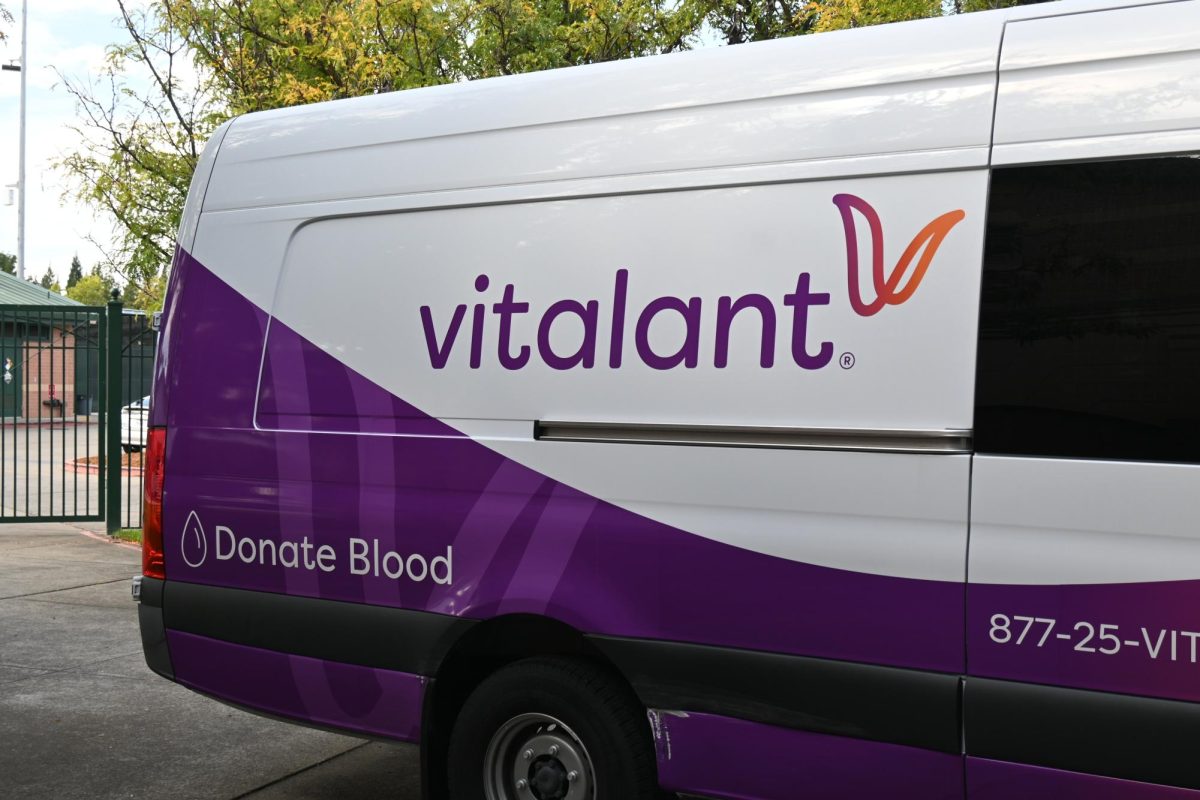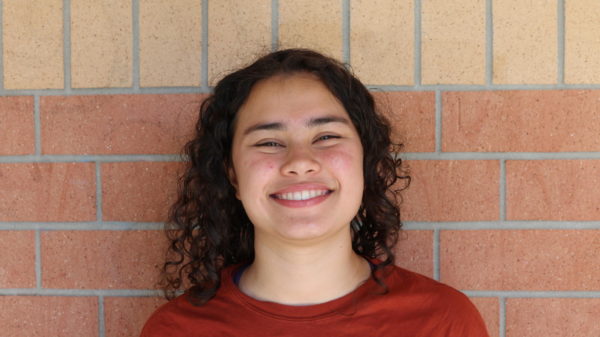It’s not uncommon to hear of Granite Bay High School students taking as many AP courses as their age.
According to the US News and World Report, GBHS is ranked 77th out of 1299 California high schools. Out of nearly 18,000 public high schools in the United States, GBHS is ranked #497 in the National Ranking. These rankings are based on college readiness, state assessment proficiency and performance, underserved student performance, breadth of college curriculum and graduation rate. Granite Bay Today has also published many stories detailing the academic prowess of GBHS, from the multitude of AP courses offered to the success and appeal of the International Baccalaureate program.
In the 2023-24 school year, there are almost 900 GBHS students taking AP courses, with the school giving over 2000 AP exams. Within a school that places such a significant emphasis on intellectual aptitude, there remains many different viewpoints and suggestions on how to handle the rigorous coursework.
What are APs?
AP courses, or Advanced Placement, are college level courses offered to high school students in conjunction with the College Board organization. These courses culminate in an AP exam in May, where students have the opportunity to earn college credit if they achieve a passing score.
Senior Celia Do has taken 13 APs during her time at Granite Bay. Her one regret is not taking more AP classes over the summer.
“I would have taken more fun classes and more AP classes,” Do said. “I feel like AP Psych(ology) would have been okay. And I would’ve taken AP World as well.”
One of Granite Bay’s main centerpieces of its academic culture is the sheer variety of AP courses that the school offers. Just recently, GBHS implemented AP Precalculus for the first time and replaced AP European History and AP Human Geography with AP Modern World History. GBHS students have a limited amount of chances to fit some of the 21 AP classes into their schedules. The number of opportunities shrinks when considering the prerequisites necessary for certain AP courses. These limits sometimes cause students to choose between AP courses and required non-AP classes.
“I was really wronged in sophomore year because I had IM3 fall semester and AP Physics 1 fall semester,” Do said. “The prerequisite for AP Physics 1 is that you (have) completed IM3. So I read that and told my counselor ‘Hey, I think there’s been a mistake’ (…) and I was moved to NGSS Physics. Turns out I could take IM3 and AP Physics 1 at the same time.”
What students learned from AP:
AP courses, being college level and more in depth than CP (College Preparatory) courses, carry with them the reputation of being more difficult and thus exclusively for “smart” people and gifted students. Do believes this is wholly untrue.
“Even if you’re not smart, if you’re really interested in that topic, and you really want to go in depth, then it’s okay,” Do said. “You should go for it (if) you’re willing to get dedicated, actually spend hours at a time before (and) after school with your teacher, and ask questions even though (…) it makes you feel stupid. I feel like then it’s a good way for you to learn.”
When it comes to choosing interesting AP classes that will contribute to a student’s personal growth and academic improvement, Do said AP Literature is a must; however senior Tala Al-Joubori, after taking 12 APs herself, prefers AP Psychology.
“It really allows you to understand why you behaviorally and emotionally react to stuff,” Al-Joubori said. “It really allowed me to communicate better as a human and learn how to be a good observer to those around me.”
Reflecting on how AP classes helped her, Al-Joubori felt that it helped improve her study habits. AP courses aim to prepare students for college, as students learn to study self-sufficiently.
“I definitely managed to appreciate having study groups and having a group chat with the people in your course where you can communicate,” Al-Joubori said. “If it’s homework (in) a subject that’s harder for you to understand, having these outside resources will be very beneficial especially like coming around AP test times and when you’re confused doing your homework at night.”
What students wish they knew:
Juniors, nearing the end of what is typically recognized as the most academically critical year in high school, share their perspective on taking an advanced course load.
Junior Gayatri Asokan has taken 11 AP classes.
“I’m really glad I took AP Euro(pean History) and APUSH (AP United States History),” Asokan said. “I want to be a history major and I feel like it’s more in depth and I’m interested in (the subject) compared to what I heard (about the CP US History course).”
In discussing the difficulty of AP courses and dealing with upcoming tests, Asokan feels that how one studies depends on the class, as tests are unique from course to course.
“(Tests are) not really general among AP, it’s really just the teacher,” Asokan said. “For example, like history and stuff, you just read over your notes. But for (AP) Calc(ulus) and stuff you have to do hours of practice and you have to do a lot of FRQs (Free Response Questions) and stuff like that. But (in) a lot of classes you just look at your notes.”
Junior Advaith Appajodu, after taking nine AP courses, believes that succeeding in AP courses necessitates good planning.
“The classes that you can self study for, take them in the first semester, and the classes that you don’t think (you can), take them in the second semester, even if it’s more rigorous,” Appajodu said. “That way, (…) you spend a little bit more time on the classes that are harder like you’re supposed to, and just a little bit of time (in the) second semester to review the classes you’ve already done.”
All in all, Do found that hard work was the basis for success in AP classes.
“I studied my butt off. I did the Barron’s questions I worked on, like what questions I didn’t understand,” Do said. “I looked at Khan Academy videos. I went out of my way and I got a four (on AP exams, a four is considered “very well qualified” to receive college credit) and then Becker put a good job smiley face (on my paper) and that made my day.”











